Scribing around farm sink front base +...caulk? Putty?
theresse
13 years ago
Featured Answer
Comments (16)
theresse
13 years agoRelated Professionals
Martinsburg Kitchen & Bathroom Designers · Normal Kitchen & Bathroom Remodelers · Fairland Kitchen & Bathroom Remodelers · Park Ridge Kitchen & Bathroom Remodelers · Spokane Kitchen & Bathroom Remodelers · Tempe Kitchen & Bathroom Remodelers · Joppatowne Kitchen & Bathroom Remodelers · Marco Island Cabinets & Cabinetry · Rowland Heights Cabinets & Cabinetry · Saugus Cabinets & Cabinetry · Wyckoff Cabinets & Cabinetry · Redondo Beach Tile and Stone Contractors · Roxbury Crossing Tile and Stone Contractors · Shady Hills Design-Build Firms · Yorkville Design-Build Firmsshelayne
13 years agolilydixie
13 years agosabjimata
13 years agopalimpsest
13 years agobayareafrancy
13 years agoshelayne
13 years agosombreuil_mongrel
13 years agobrickmanhouse
13 years agobayareafrancy
13 years agoCircus Peanut
13 years agopalimpsest
13 years agosombreuil_mongrel
13 years agobayareafrancy
13 years agoCircus Peanut
13 years ago
Related Stories
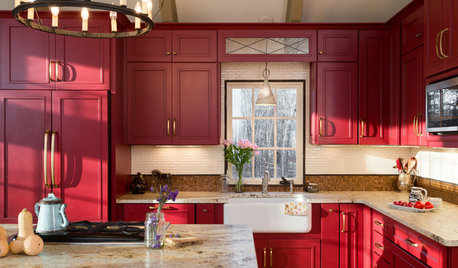
KITCHEN DESIGNKitchen of the Week: Casual Equestrian Feel on a Horse Farm
Red cabinetry, salvaged barn decor and a window for feeding treats to horses combine in a lively, comfortable family kitchen
Full Story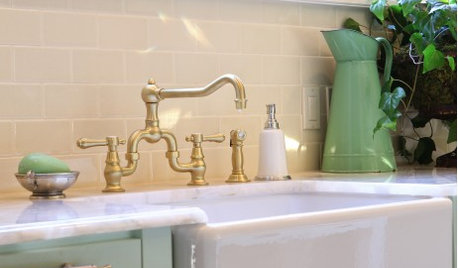
KITCHEN DESIGNYour Kitchen: Farmhouse Sinks
These extra-deep and minimal sinks can go from country to jet set
Full Story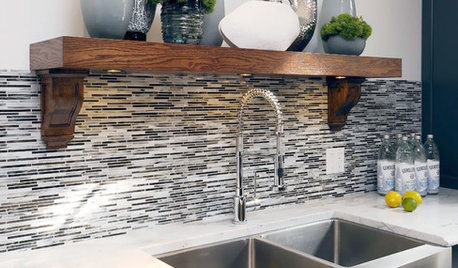
KITCHEN DESIGNKitchen Sinks: Stainless Steel Shines for Affordability and Strength
Look to a stainless steel sink for durability and sleek aesthetics at a budget-minded price
Full Story
LIFEYou Showed Us: 20 Nutty Home Fixes
We made the call for your Band-Aid solutions around the house, and you delivered. Here's how you are making what's broken work again
Full Story
LIFEHouzz Call: Show Us Your Nutty Home Fixes
If you've masterminded a solution — silly or ingenious — to a home issue, we want to know
Full Story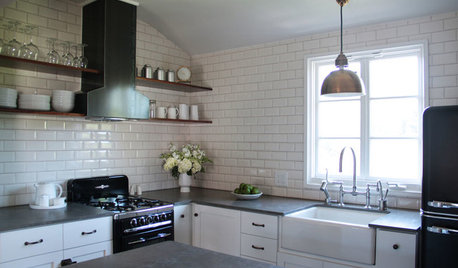
KITCHEN DESIGN10 Big Space-Saving Ideas for Small Kitchens
Feeling burned over a small cooking space? These features and strategies can help prevent kitchen meltdowns
Full Story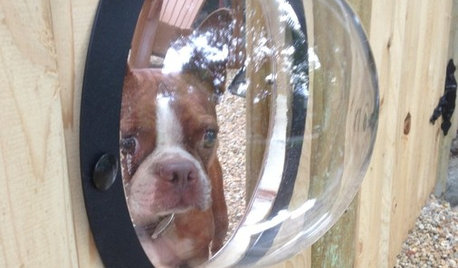
PETSHouzz Call: Show Us Your Pet Projects!
Bubble windows, fountains, doghouses, showers — what outdoor treats have you put together for your furry friends?
Full Story
PETSSo You Want to Get a Cat
If you're a cat lover, the joys outweigh any other issue. If you haven't lived with one yet, here are a few things to know
Full Story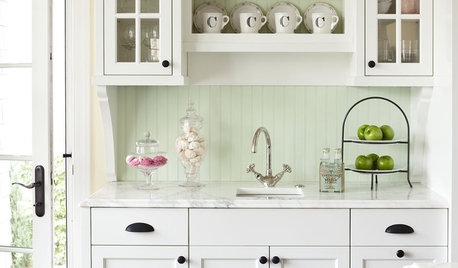
KITCHEN DESIGNModernize Your Old Kitchen Without Remodeling
Keep the charm but lose the outdated feel, and gain functionality, with these tricks for helping your older kitchen fit modern times
Full Story
MOST POPULAR15 Remodeling ‘Uh-Oh’ Moments to Learn From
The road to successful design is paved with disaster stories. What’s yours?
Full Story





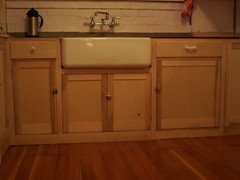
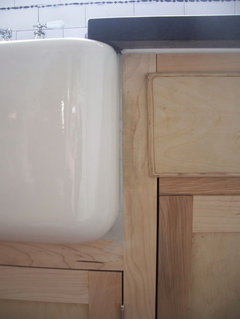

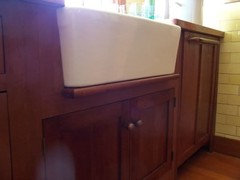
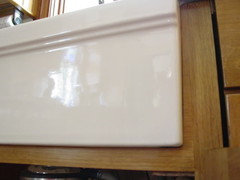
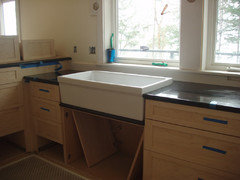
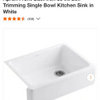
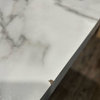

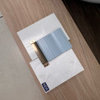
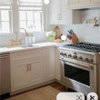
bayareafrancy